Infographic: The Sales Stages of Account Based Marketing
ABM can help better define your sales stages and move prospects faster through the sales cycle. Here’s a layout of how sales and marketing teams win more deals with ABM.
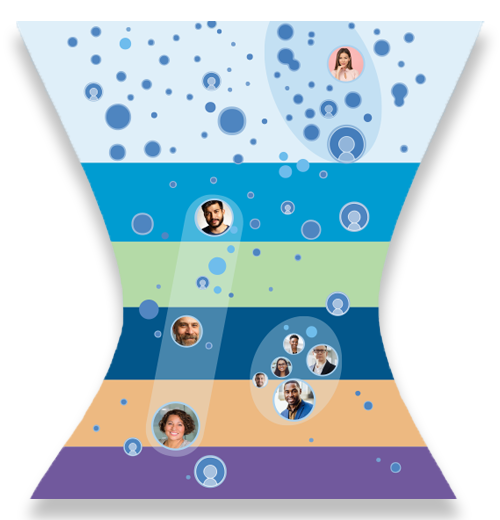
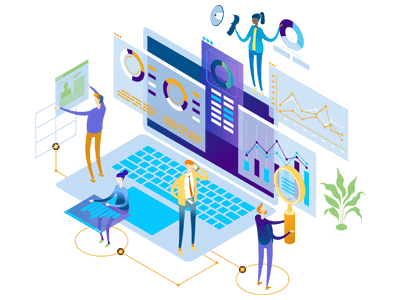
Terminus ABM = The Perfect Companion to Your Sales Team
Give your sales team the air cover and data they need to progress and win more deals. See how Terminus can help by watching this video or checking out the sales product feature overview.
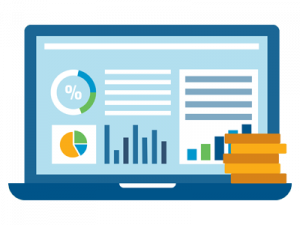
Why Sales Teams Love an ABM Strategy
learn more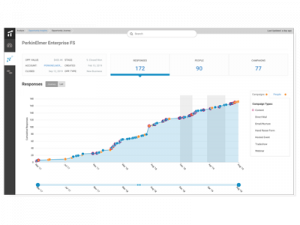
How Sales Teams Today Use Terminus
READ MORE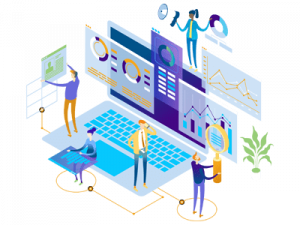
Strategic Account-Based Deal Coaching for Sales Leaders & Sellers
learn moreSales Stages
Sales professionals need motivation, especially when the sales cycle is long. This motivation can be provided by breaking the process down into sales stages. These sales funnel stages can then be checked off as they are passed, with each check representing one step closer to the day the sale actually closes.
Pipeline stages look different for every business. They are not only influenced by the industry involved, but by the sales software that is used. For example, sales stages Salesforce uses are different from sales funnel stages HubSpot puts forth. Therefore, the number of sales pipeline stages and sales stage definitions vary.
The sales process in Salesforce can be customized in a wide variety of ways to match a company’s actual process, as can others, but it uses terms unique to Salesforce to set it apart. Therefore, there is no single answer to how to use Salesforce for sales. The same is true of most other systems for defining sales stages in CRM.
Some sources break things down to 5 sales stages. Others mention six or seven steps. One company that uses five lists them as initial contact, discovery of needs, offering of solutions, handling objections and closing the sale, and follow-up. As you can see, some of these can be further broken down, yielding more steps and slightly different definitions for sales funnel stages B2B.
Regardless of whether you use the Salesforce opportunity stage type definitions, logical sales stages in Pipeliner CRM, or some other ones, you’ll need to keep track of them. Sales software or a SaaS platform is typically best because it allows for easy updates and analysis. It’s also important to remember that B2B sales cycle stages are typically different from those for B2C sales, in part because there is more time in between sales funnel stages Salesforce with B2B.
Because of the differences between each company and sales platform, you’ll get plenty of definitions when you search for sales funnel stages explained. However, you’ll notice many similarities between sales pipeline stages Salesforce and other platforms. There are also some industry-specific prospecting stages, and this has led to the development of things like construction sales pipeline templates and other sales pipeline stages template offerings.
No matter which CRM you choose, your first step should be to examine your own processes to determine the typical stages of sales pipeline in your own company. Then, determine the sales pipeline stages probability percentages for continuation through the funnel. You can also sort Salesforce opportunity stages by record type. This way, you can use these benchmarks to measure the success of changes you make.
Sales Funnel
The sales funnel is the sum of all of the sales stages put together. Typically, it envisions the “first contact” phase as the widest part. This is because you’ll get more initial contacts than you do completed sales, whether you’re involved with B2B or have a B2C sales model. As with the sales stages, the complete funnel will look a bit different for each business and software platform.
Despite the differences, it can be a great time saver to start with a sales model template. Such a template can be set up to work with the sales methodology Salesforce promotes, or it can be more compatible with a different instruction set for how to build a sales pipeline.
If you use the Salesforce opportunity stage probability, you can make a guesstimate about how many prospects will progress from one stage to another. This lets you estimate how many will make it all the way through your sales funnel to become customers. It can also help guide you on which prospects to spend more time on.
In a traditional model, the goal is usually to fill the top of the funnel as much as possible in the hopes of increasing the total number of prospects that make it all the way through. However, with account based marketing, the goal is to focus on individual accounts. When done correctly, this improves each account’s chances of making it all the way to the bottom of the funnel. With this newer model, sales funnel stages awareness is much more important. Those whose sales pipeline status hasn’t changed in a while can be given more attention, while those who are moving along can be approached differently so that they do not get “stuck.”
Sales Process
The best way for a team to move accounts through the sales funnel is to have a set sales process. A good way to think of the sales process meaning is as a specific guide for success. By using a set system of sales process steps, everyone on the team starts off with a strong playbook, and the need for trial and error is greatly reduced.
There are many sales process playbooks that can be used. Some of the more famous ones are the Challenger Sales Model, Menards 5 Step Sales Process, and the 5 Step Sales Process NLP. It’s also easy to find a wide variety of more generic sales process blueprints, with multiple numbers of steps being involved. For example, you can download a 10 step sales process, 8 step sales process, or any of several other 5 step sales process lists. The most important thing is that you get a set sales model from a reputable source and then have team members stick to it. If you do this, you won’t have to worry about whether you have the best sales process when you first get started with this kind of a system.
It’s also a good idea to choose which general type of sales model you want to follow. A popular one is the problem solving sales model, which aims to position your products or services as the solution to a prospect’s problem. Other models also exist, so pick the one that is most fitting for your company.
Once you’ve chosen a sales model, it’s a good idea to make a sales process flowchart to go with it. This makes it easier to do effective sales pipeline management by providing a visual depiction of where each account is on the chart.
Don’t be afraid to change a sales model if it isn’t working for your team or company. Sometimes, it can take some testing before you can determine which is the best sales model for your situation.
Sales Cycle
In B2B sales, the sales cycle is typically defined as the amount of time it takes for an account to move from one stage to the next. This can start with the first contact to a meeting, or from the first meeting until an account actually becomes a new customer. Many things go into determining what a cycle will look like.
Some of the determining factors include who you are selling to, how much experience they have, and what you are selling. A cloud sales cycle, for example, will look different from a technical sales cycle or one for selling heavy equipment.
In order to speed up the sales cycle, teams use a variety of technological aids and measurements. Sales pipeline metrics help show where problems may be developing or where things are working exceptionally well. Ongoing sales cycle analysis helps to discover when things have changed and may need to be readjusted.
Systems such as Salesforce make it easy to keep track of everything. Sales cycle stages Salesforce sets up work well for most users who take full advantage of the customizations offered. Many will find it easy to work with sales pipeline Salesforce templates due to this platform’s popularity and familiarity. This makes it easy to get new team members up to speed with sales cycle Salesforce concepts.
While it’s easy to get started with basic templates for Salesforce, 360 sales cycle frameworks, or other such platforms, it’s important to remember that no two businesses are exactly the same. Therefore, be sure to do your own sales cycle analysis to determine what sales cycle time you should expect for your team and company. It can also help to break down cycle time by pipeline stage sales stats. Then, you can fully customize your cycle predictions accordingly.
Sales Funnel Examples
One of the best ways to get a solid feel for all of these concepts is to check out the sales process PPT on the Terminus website. It includes many sales funnel examples so that you can really see what is going on. Not only that, it provides an explanation of sales methods and techniques geared toward B2B companies.
It’s also a good idea to download the Sandler Sales Methodology PDF from Terminus’ site. This, along with the case studies and blog posts on the same site, gives sales funnel stages examples, a sales funnel stages template, and more.
You can also find information on the sales cloud process in Salesforce. Their site has explanations for all of the terms they use, and how to best use its concepts to improve your success at selling.
With this expanded information, you’ll be able to start creating sales funnels that include stages, processes, and cycle time estimates that are truly useful for your sales team. You’ll also know what metrics to watch in order to determine whether your methods are working or if they need tweaking.
After you’ve been using well-defined cycles and funnels for a while, you and your team will begin to reap the full benefits of these systems. Your sales success should increase, and the speed at which you turn new prospects into actual customers will increase as well.
Once you have a roadmap to success in place, and your team is able to see data on how its accounts are progressing, you will find that team members are far more motivated than they used to be. This will also improve your team’s success rate. It can even reduce turnover since your salespeople will see that accounts are indeed moving toward becoming customers. This is especially important if your sales cycles are long, but it’s helpful even if they are relatively short. Everyone wants to be able to see that they are making progress towards their goals.



